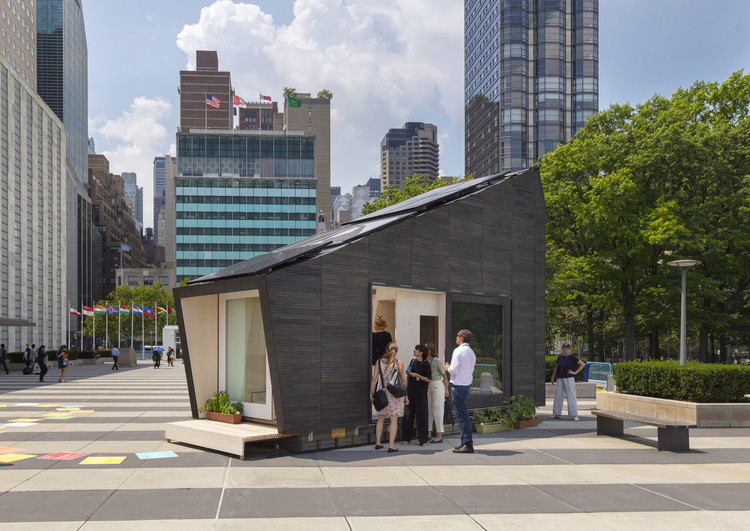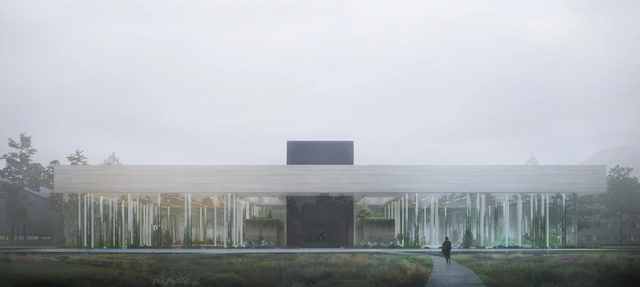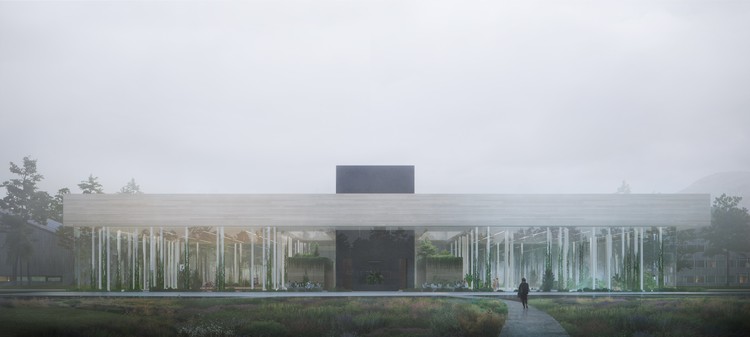
The island nation of Taiwan is a country that boasts both a high population density and a wide range of ecosystems. However, a large issue that the country is currently facing involves the energy production and consumption, and the negative impact it has on the environment. With the largest power plant slated to be shut down by 2023, a team from Taiwan has devised an architectural proposal for how to construct a plant that both generates enough electricity to serve the metropolitan area and reduce its negative impact on the air quality and surrounding wetlands.




















































